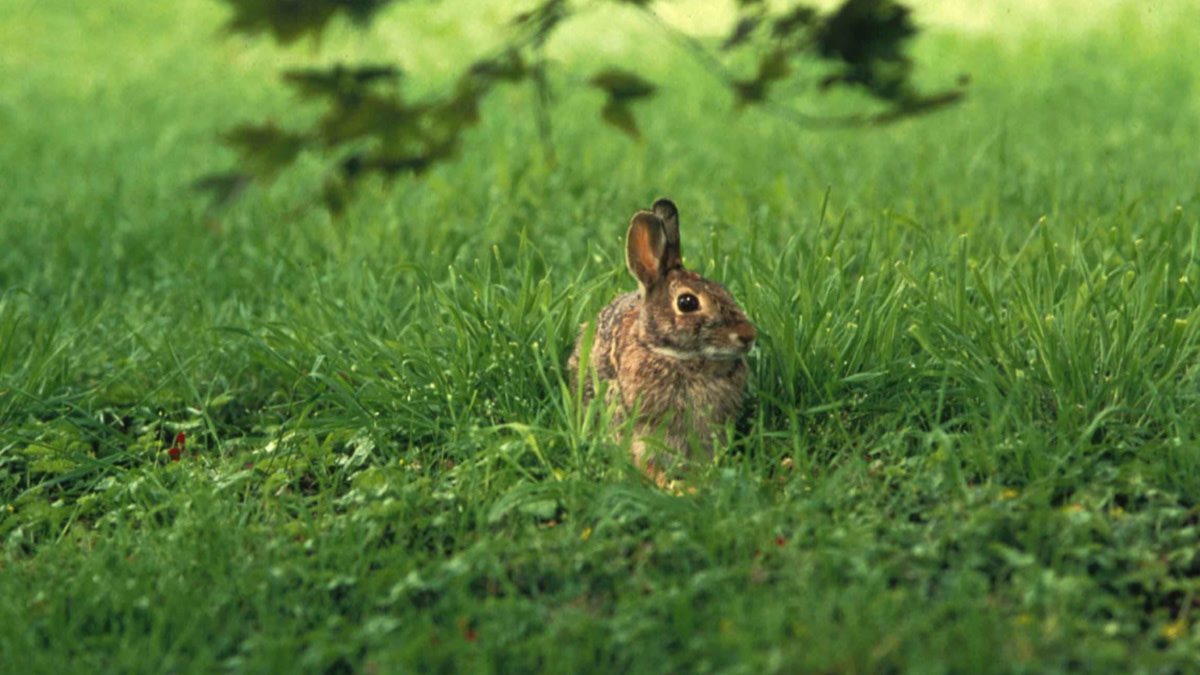
Myths, lies and old wives’ tales loom large in the outdoor pursuits. Here at MeatEater, we’re dedicated to separating facts from bullsh*t, so we created this series to examine suspect yarns. If there’s a belief, rumor or long-held assumption you’d like us to fact check, drop us a note at factchecker@themeateater.com.
Claim
It’s unsafe to eat wild rabbits or hares before the first hard frost of the year. If you eat a wild rabbit sooner, the meat will have parasites.
Origin
The exact source is unknown, but this a commonly held belief that goes back several generations. This sentiment still persists today among hunters who warn against killing rabbits, hares and even squirrels between April and September, even if it’s legal to do so. The belief is that during the warmer months they are inedible, parasite- and disease-ridden varmints.
Facts
It’s true that rabbits and other small mammals host a variety of parasites. Some of them are more common during the summer, but many are present year-round, such as intestinal worms and flukes. However, unless a hunter ingests uncooked rabbit guts, intestinal parasites pose no risk to humans.
Rabbits also host warbles, a parasitic affliction caused by botflies. Warbles are more common in warmer climates, especially during the summer. When a botfly lays its eggs on a rabbit’s hide, the larvae hatch and burrow under the rabbit’s skin. When a hunter skins a rabbit, the warbles appear as large, raised bumps on the surface of the meat. While warbles are gross and unsightly, they can easily be removed with a knife. Even if they’re not removed, the rabbit meat is perfectly edible. Warbles don’t spread diseases to humans, and cooking kills them. Still, some hunters often discard any rabbits they shoot that are infected with warbles.
Typically rabbits have fleas or ticks, both of which can pose a risk to humans. Fleas found on rabbits may be carriers of a potentially serious disease called tularemia, or “rabbit fever.” Tularemia can be transmitted to humans directly through flea or tick bites. The disease can also be spread while skinning or gutting an infected rabbit, but avoiding rabbits during the summer doesn’t necessarily decrease your odds of contracting tularemia.
I’ve shot dozens of rabbits during the winter that had fleas. Rabbits may have more fleas in the summer, but cold weather doesn’t kill them all. Luckily, I’ve never run across a rabbit with a liver covered in small white spots, which is a telltale sign that the animal has tularemia. While I’m not worried about worms or warbles, any rabbit that’s suspected of carrying tularemia should be discarded.
Takeaway
The fact remains that it’s not more dangerous to eat rabbits shot before the first frost. If you live in a state that allows you to hunt rabbits outside of fall and winter, consider yourself lucky. A young rabbit marinated in olive oil, lemon juice, thyme, salt and pepper and grilled over hot coals makes for a fantastic summer meal.





